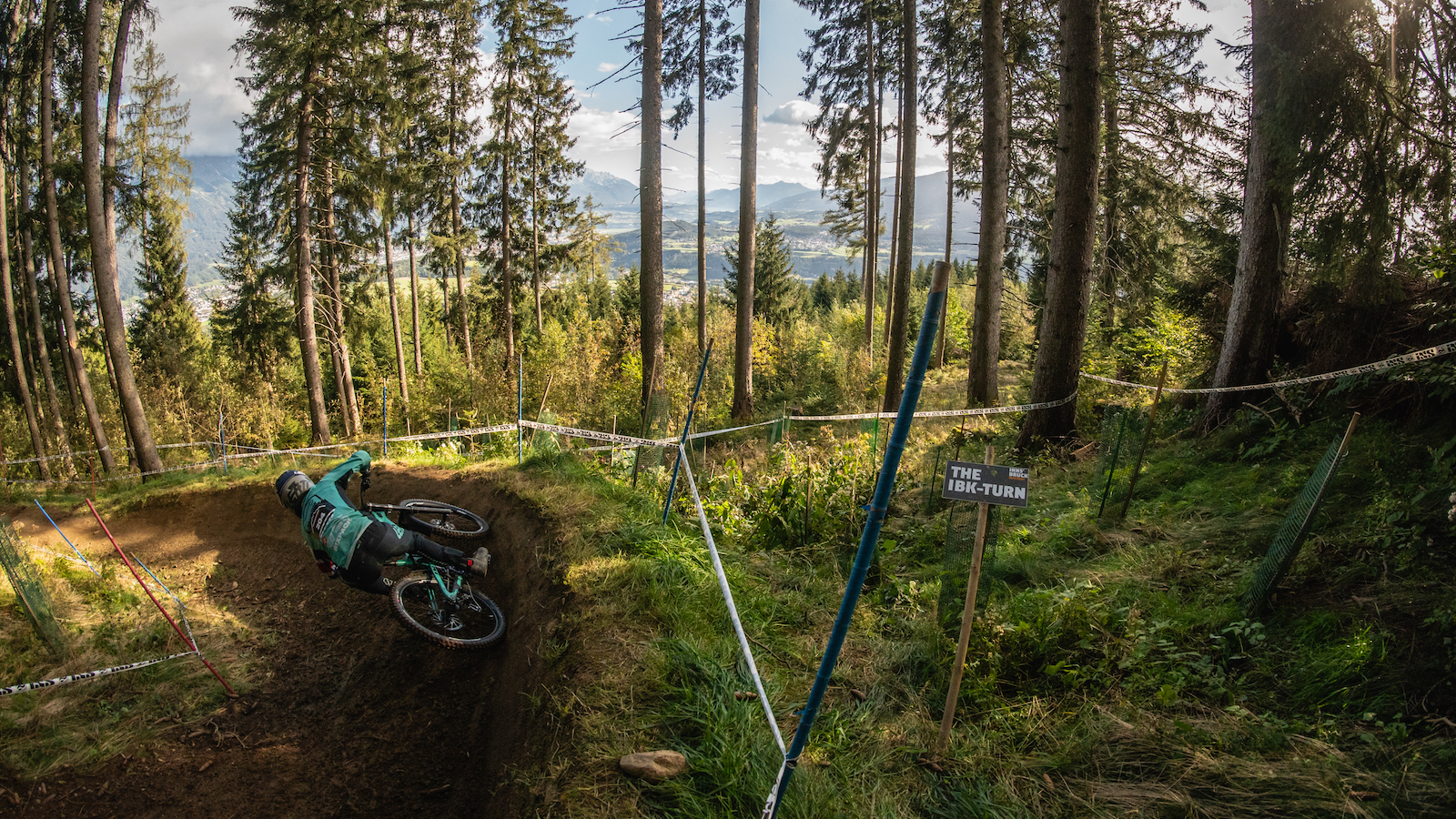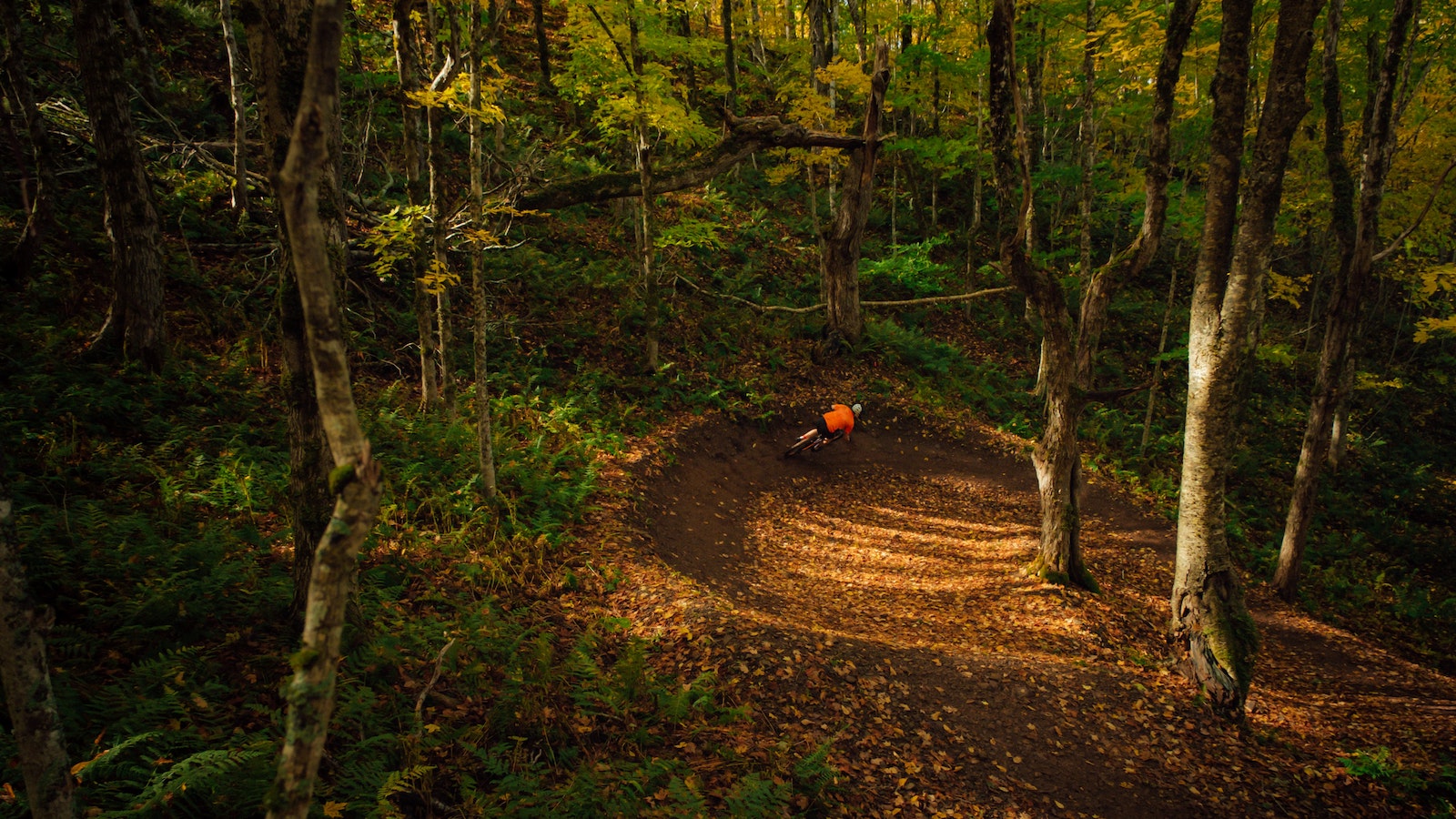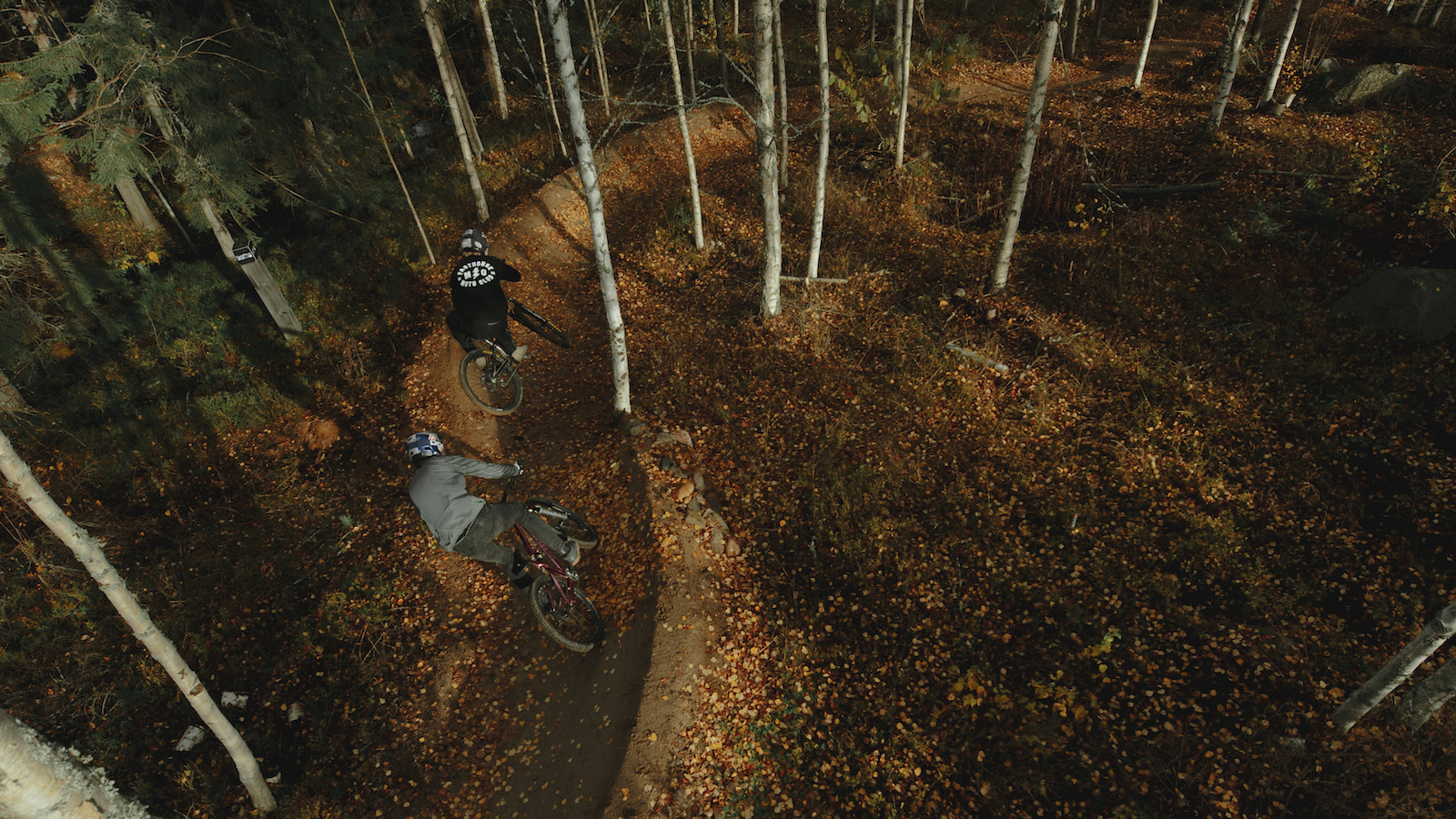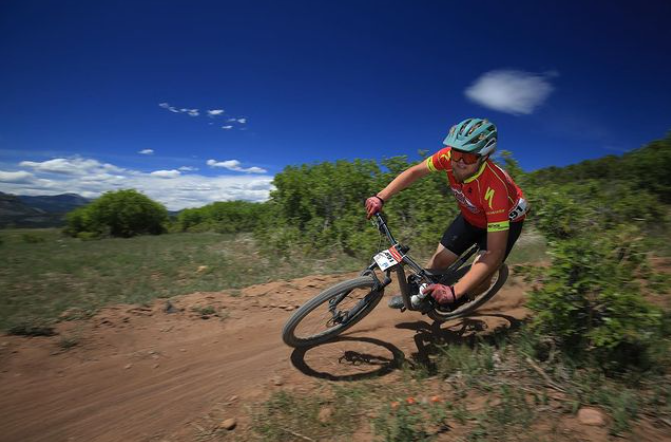How to ride berms: navigate banked turns successfully
Nearly every mountain bike trail will feature a berm or banked corner of some sort. Here are our top tips for successfully tackling this common trail feature.

Cornering is one of the hardest mountain bike skills to master. Even expert riders could use some extra practice now and then. Many mountain bikers will agree that the trickiest type of corner is a flat corner since they have no extra support, just your tires seeking traction on a loose surface.
Berms, however, can make cornering a whole lot easier, although they can present some other challenges. Nearly every mountain bike trail will feature a berm or banked corner of some sort. Keep reading to see our top tips for successfully tackling this common trail feature.
What is a berm
A berm is a corner found on a mountain bike trail that has been banked to provide support and help maintain flow. Berms are often man-made, precisely sculpted by the trail builder to create a great riding experience.
Berms can range in size and steepness. Some may be long and sloping, while others might be short and steep. A berm could be relatively small to support a gentle curve in the trail, or it could be a full-on 180-degree switchback corner.
A trail could also feature naturally banked corners that effectively act as berms. These may be a bit trickier, as the trail surface could be more inconsistent than intentionally build berms.

Cornering technique
Riding a berm uses a lot of the same technique and body position as a 'regular' corner. Remember to always point your head and eyes to the exit of the corner.
When approaching a corner, it's usually best to complete the majority of braking before entering the corner. Slow down in anticipation of the corner then let off the brakes and let your momentum carry you through the corner.
Keeping your speed up on a mountain bike trail is all about exit speed, or how fast you are going immediately after a corner or technical section. It may feel like you slowed down too much ahead of a corner, but keeping your fingers off the brakes while in the middle of the corner will improve control while turning and help you carry speed as you exit the corner.
After you have set up to enter the corner, you need to focus on leaning your bike and shifting your weight. Leaning your bike in the direction of the corner helps your tires find traction in the dirt. In order to not slip out and fall, you need to shift your weight. The majority of your body weight should be focused on the outside foot. If the corner is turning right, your weight should be on the left foot. Dropping your outside foot to the downward position can help with this, but isn't always necessary in berms.
A properly built berm can allow you to corner much faster than if there is no berm there. Once you let off the brakes and enter the corner, the berm can support your tires and create a secure feeling between the bike and trail like you're a train on rails.
Another consideration with berms, and cornering in general, is finding the right line. The best way to do this is to enter the corner from the outside position. If the corner is turning right, enter from the left-most position on the trail. This will create a more direct and less sharp path through the berm.

Other considerations
A berm that is more gradual will be trickier to navigate successfully than one that features a steeper slope. You will have to focus more on your cornering technique to maintain traction, rather than allowing the berm and gravity to keep your tires on the ground.
Another consideration is the trail surface. Is the berm loose, full of little pebbles? You'll need to go slower and focus more on your technique. If the berm hard-packed with perfect dirt? You can 'rail' it with little worry.
What line you take is also impacted by the trail surface. Ideally, you want to take the outside line into the corner. But if the outside or beginning of the berm is full of rocks or holes, you might have to adjust your line. In that case, you might need to take a sharper line into the corner, which requires less speed. This all comes down to knowing your local trails and reading the terrain as it comes.
The best way to get better at riding berms is by practicing. Flow trails with lots of berms are a great way to do this. Some may find it easier to turn right compared to left, so practice cornering in both directions. Pump tracks are also a great place to practice, and they may be closer to you if you live in the city.
Another way to improve your technique is by having somebody film you from a good vantage point. Watch back the footage and look for where your technique may need improving.
Once you master the basics, you can go faster and really play around with speed and style.
Ryan Simonovich has been riding and racing for nearly a decade. He got his start as a cross-country mountain bike racer in California, where he cultivated his love for riding all types of bikes. Ryan eventually gravitated toward enduro and downhill racing but has also been found in the occasional road and cyclo-cross events. Today, he regularly rides the trails of Durango, Colorado, and is aiming to make a career out of chronicling the sport of cycling.
Rides: Santa Cruz Hightower, Specialized Tarmac SL4

